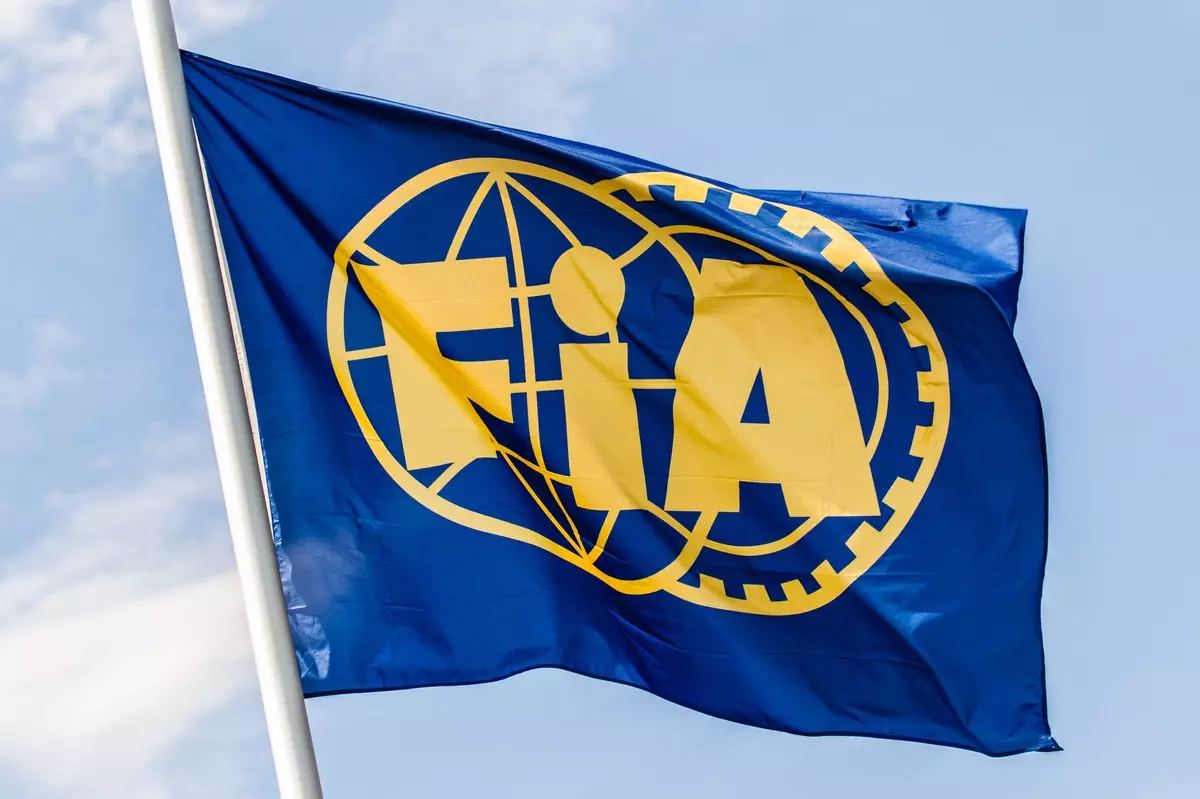The world of Formula 1 is no stranger to change; however, recent developments from the FIA indicate a seismic shift in its governance structure. The ousting of Sara Mariani, who spearheaded the Sustainability, Diversity, and Inclusion (D&I) initiative, has raised questions about the direction in which the FIA is headed. Mariani, who has been at the forefront of these critical issues for the past 18 months, recently expressed her sentiments in a poignant farewell message, reflecting both gratitude and unexpected sorrow over the abrupt termination of her role. The sentiment is likely shared by many within the organization, as leadership transitions can evoke a mixture of excitement and uncertainty.
The Importance of Sustainability and Inclusion
Sustainability and inclusion are not merely buzzwords; they are vital components of modern sporting ethics, especially in a high-octane environment like Formula 1. Mariani emphasized a life beyond the FIA where “talent and dedication are rewarded.” This underscores a broader societal issue: the importance of supportive frameworks that allow women and minorities to find their footing in leadership roles. However, with Mariani’s departure, one has to wonder whether the FIA has truly committed to integrating these principles into its core strategy. The split of her position into two divisions could either signal a refined focus on specific domains or potentially fracture a unified approach to these intersectional challenges.
Structural Changes and Their Implications
The strategic restructuring within the FIA, where sustainability now falls under the auspices of Willem Groenewald and D&I under senior HR director Alessandra Malhame, presents an opportunity for renewed focus but also invites skepticism. Will this bifurcation dilute the overarching goals of the D&I initiative? The FIA seemed optimistic, suggesting that such realignment would bolster their combined efforts. Yet, the ongoing exits of key figures—from Robert Reid to multiple committee members—suggest a potential instability that could hamper progress rather than enhance it.
The Ripple Effect of Leadership Turnover
Frequent leadership changes within an organization often create a culture of uncertainty. Mariani’s exit, alongside other notable departures, paints a worrying picture for the FIA’s future. The loss of experienced individuals can disrupt the momentum of ongoing projects and dilute the organizational memory critical to implementing long-term strategies. Furthermore, the FIA’s stated gratitude for Mariani’s contributions feels hollow in the light of her abrupt removal. If the FIA genuinely seeks to promote diversity and support marginalized voices, it must also ensure that its internal culture allows for sustained engagement and growth.
Looking Forward: The Next Steps for FIA
As the FIA strives to navigate this tumultuous period, the question remains: what next? Enhanced clarity on the long-term vision for sustainability and D&I initiatives will be critical moving forward. The FIA must not only focus on filling key roles with capable leaders but also cultivate a culture that values the contributions of women and minorities. This culture must manifest in supportive policies, meaningful engagement, and a firm commitment to accountability. The stakes are high; if Formula 1 is to maintain its global prestige, it must embrace these challenges with earnest dedication and authentic leadership.


Leave a Reply